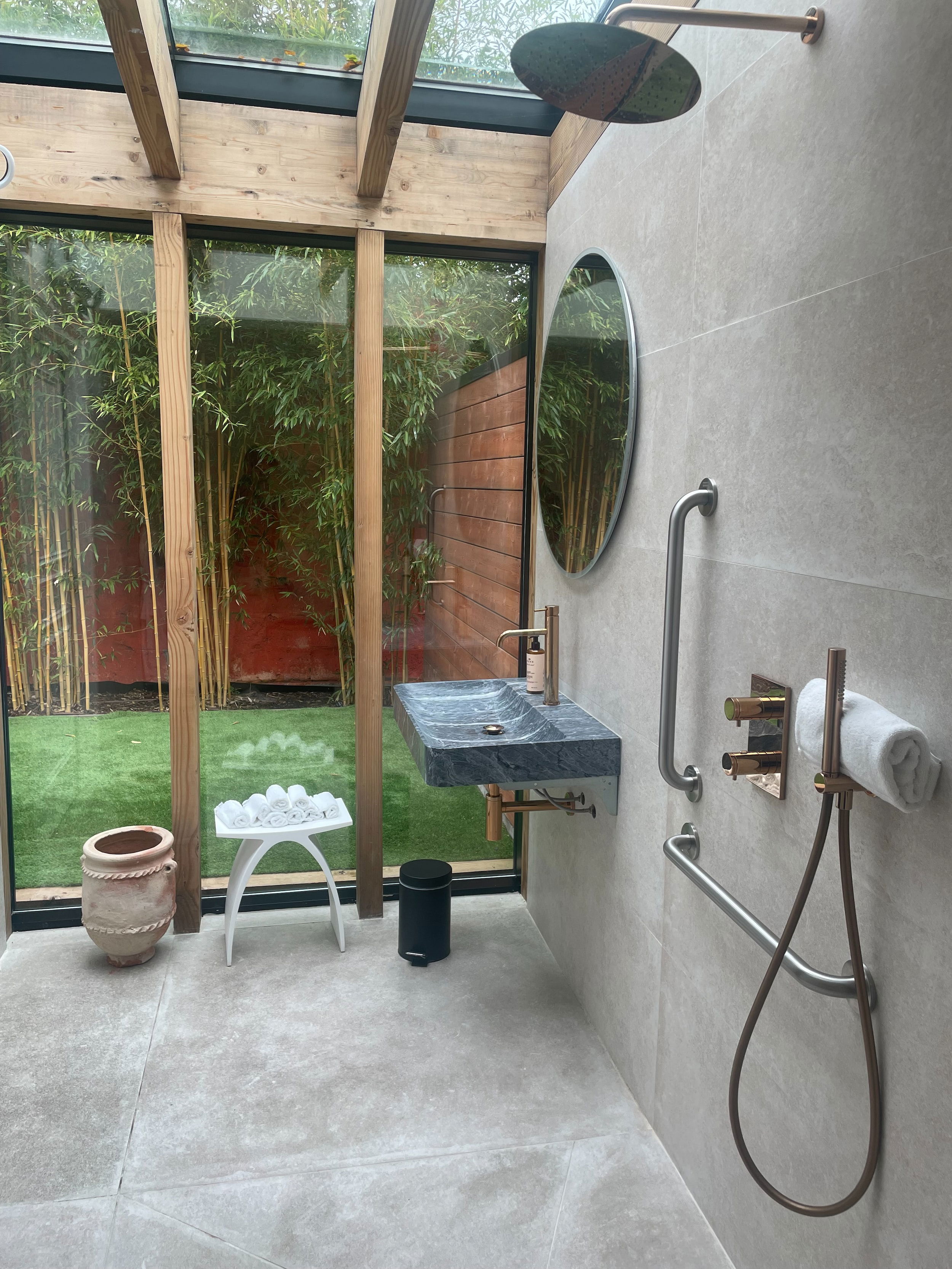Fall Prevention in the Home: Minimizing Risks for Seniors and Adults
Falls are a significant concern, especially for seniors and adults. According to the World Health Organization (WHO), falls are the second leading cause of accidental or unintentional injury deaths worldwide. While falls can happen to anyone, older adults are particularly vulnerable due to age-related changes in balance, strength, and mobility. The good news is that many falls are preventable, and by implementing proper fall prevention strategies, you can create a safer living environment for yourself or your loved ones.

Understanding the Impact of Falls
Falls can have serious consequences, ranging from minor injuries like bruises and sprains to more severe outcomes such as fractures, head injuries, and hospitalization. These incidents not only affect physical health but can also take an emotional and psychological toll, leading to a fear of falling, reduced independence, and decreased quality of life.
Identifying and Addressing Fall Risks
Fall prevention begins with recognizing potential hazards in and around the home. By proactively addressing these risks, you can significantly reduce the likelihood of falls. Here are some key steps to consider:
Declutter and Organize
- Remove obstacles, such as loose rugs, clutter, and cords, from walkways.
- Ensure that furniture and decor are arranged in a way that allows for easy movement.
- Keep frequently used items within arm's reach to avoid reaching or bending.
Proper Lighting
- Ensure that all areas of the home are well-lit, especially stairways, hallways, and entrances.
- Use nightlights in bedrooms, bathrooms, and other areas to prevent tripping in the dark.
Secure Flooring
- Use non-slip mats or rugs with rubber backing to prevent slips on smooth surfaces.
- Repair or replace loose tiles, floorboards, or carpeting that could cause tripping.
Bathroom Safety
- Install grab bars near the toilet and in the shower or bathtub for added stability.
- Use a non-slip bath mat inside the tub or shower to prevent slipping.
Stair Safety
- Install handrails on both sides of staircases for support while going up and down.
- Ensure that stairs are well-lit and free of clutter.
Footwear
- Wear well-fitting, supportive shoes with non-slip soles both inside and outside the home.
- Avoid walking in socks or slippers on smooth surfaces.
Regular Exercise
- Engage in regular physical activity to improve strength, balance, and flexibility.
- Consult a healthcare professional before starting any exercise regimen.
Medication Management
- Review medications with a healthcare provider to understand potential side effects or interactions that could affect balance or alertness.
Eye and Ear Health
- Regular eye and ear check-ups are essential for maintaining good balance and spatial awareness.
Making Homes Fall-Proof for Seniors
Modifying the home environment to make it more accessible and fall-proof can greatly reduce the risk of falls for seniors. Some modifications may include:
- Installing handrails on both sides of staircases and in hallways.
- Installing a raised toilet seat with grab bars in the bathroom.
- Using a shower bench or chair in the shower or tub.
- Creating a bedroom on the ground floor if possible.
- Adding non-slip treads to outdoor steps.

Conclusion
Fall prevention is a crucial aspect of maintaining the safety and well-being of seniors and adults. By identifying and addressing potential hazards in the home, implementing proper lighting, maintaining physical fitness, and making necessary modifications, you can significantly reduce the risk of falls and their associated consequences. Creating a safe and supportive living environment not only enhances quality of life but also empowers individuals to maintain their independence and mobility for years to come.
Sources:
- World Health Organization (WHO). (2021). Falls. https://www.who.int/news-room/fact-sheets/detail/falls
- National Institute on Aging. (2021). Prevent Falls and Fractures. https://www.nia.nih.gov/health/prevent-falls-and-fractures
- Centers for Disease Control and Prevention (CDC). (2021). Important Facts about Falls. https://www.cdc.gov/homeandrecreationalsafety/falls/adultfalls.html
- Mayo Clinic. (2021). Fall Prevention: Simple Tips to Prevent Falls. https://www.mayoclinic.org/healthy-lifestyle/healthy-aging/in-depth/fall-prevention/art-20047358
- National Council on Aging. (2021). Falls Prevention. https://www.ncoa.org/healthy-aging/falls-prevention/